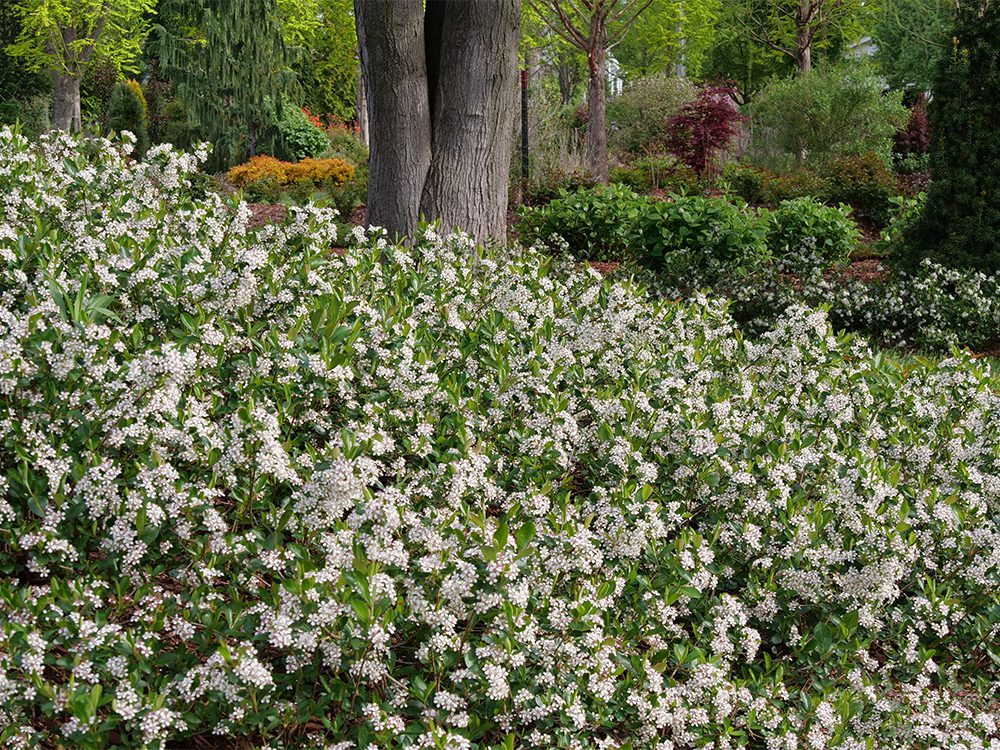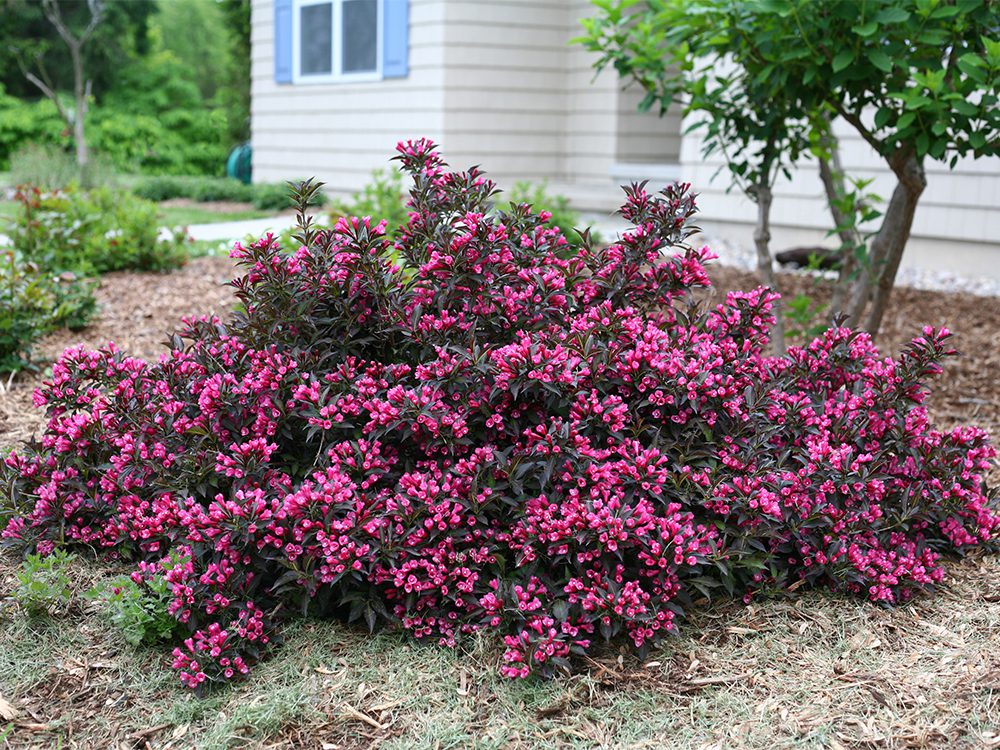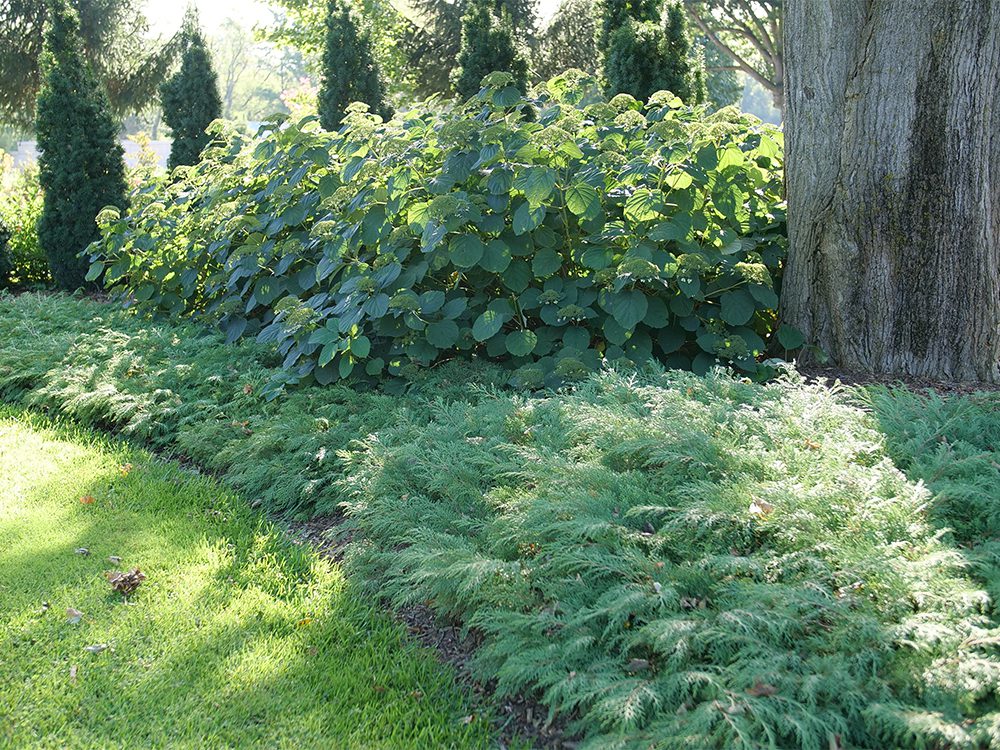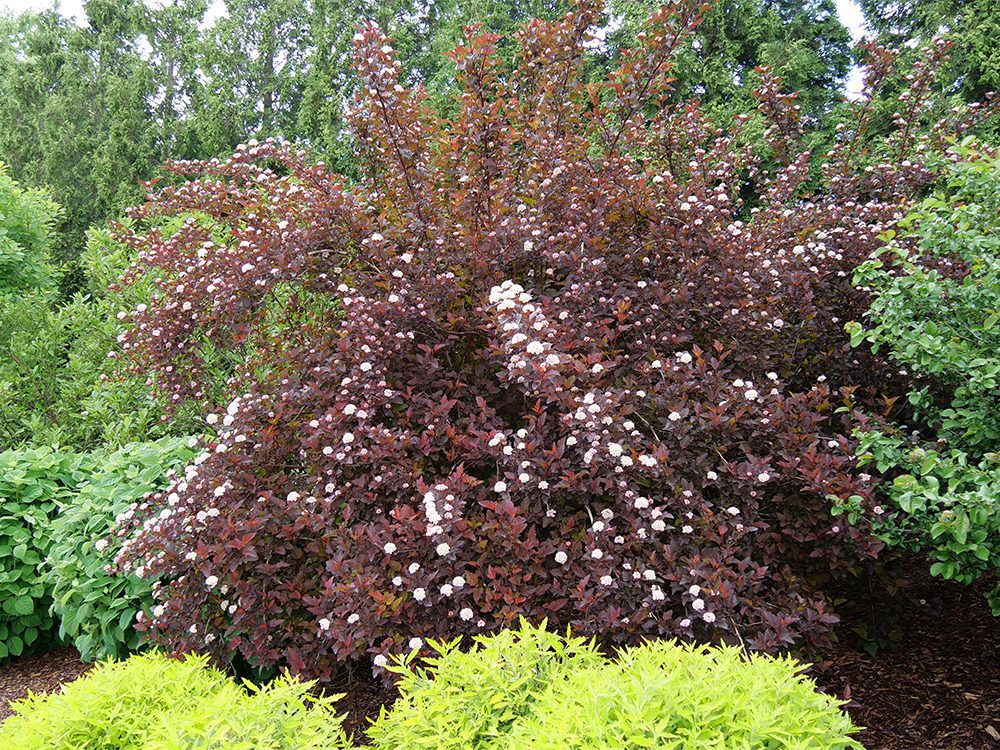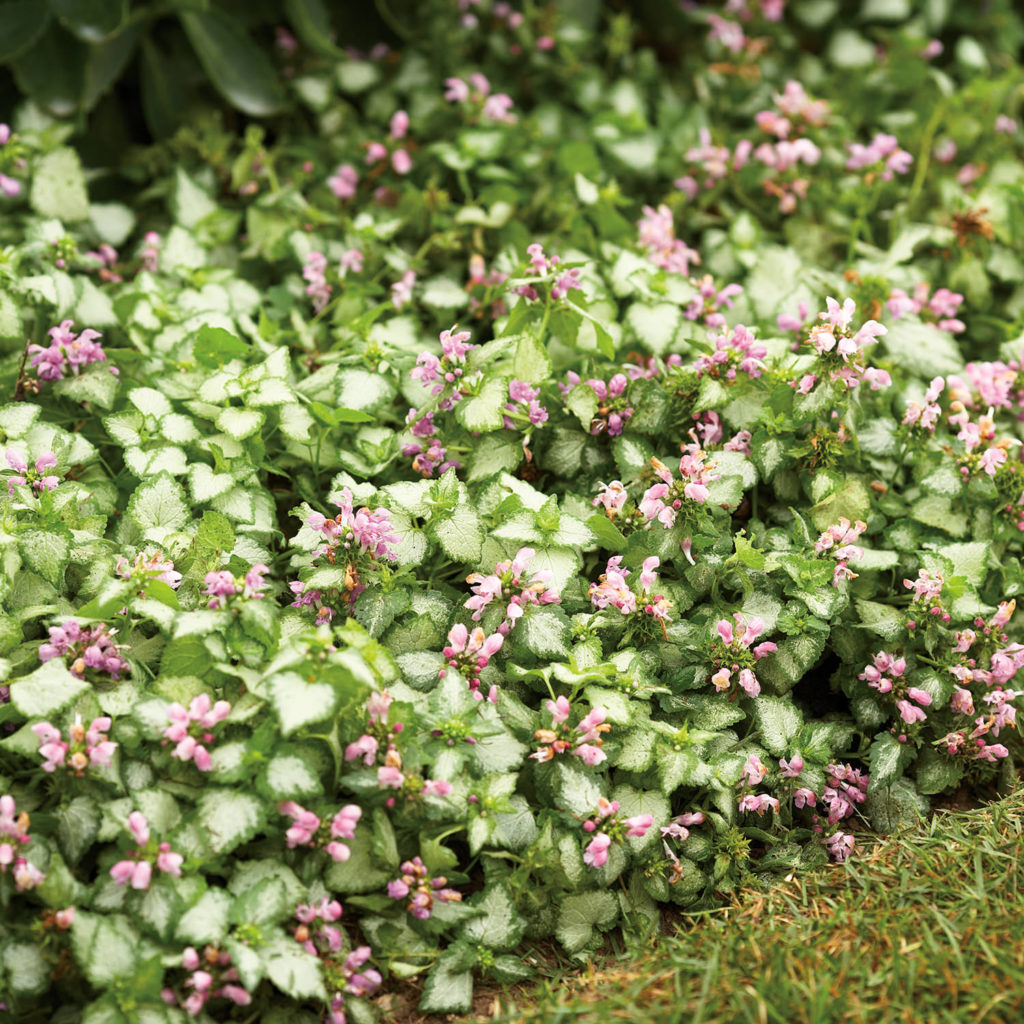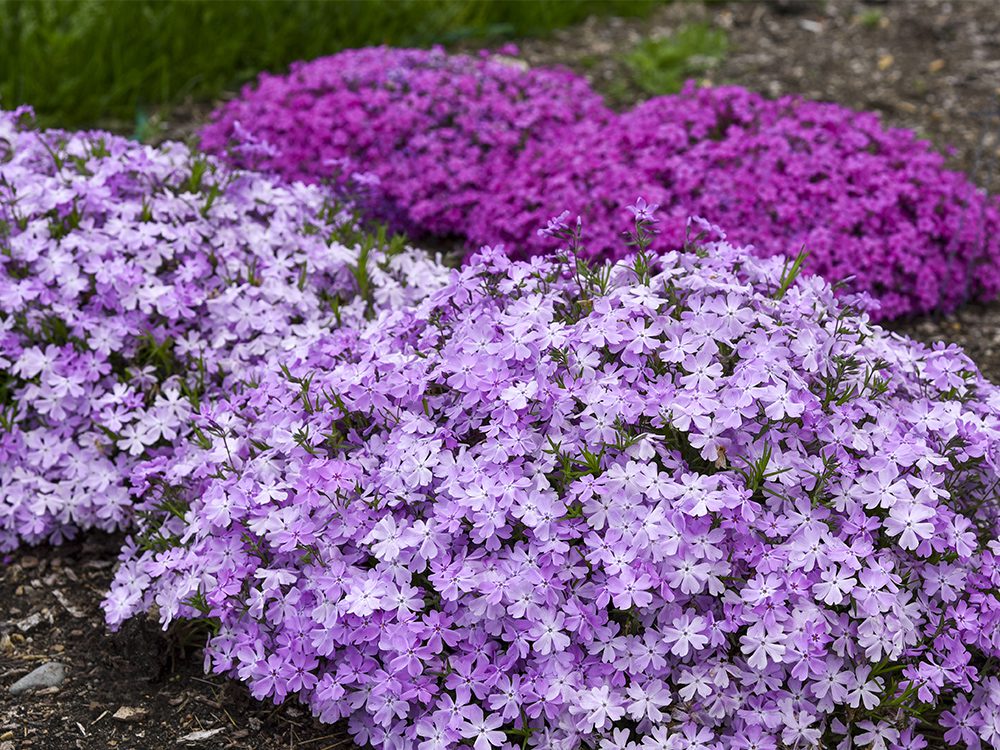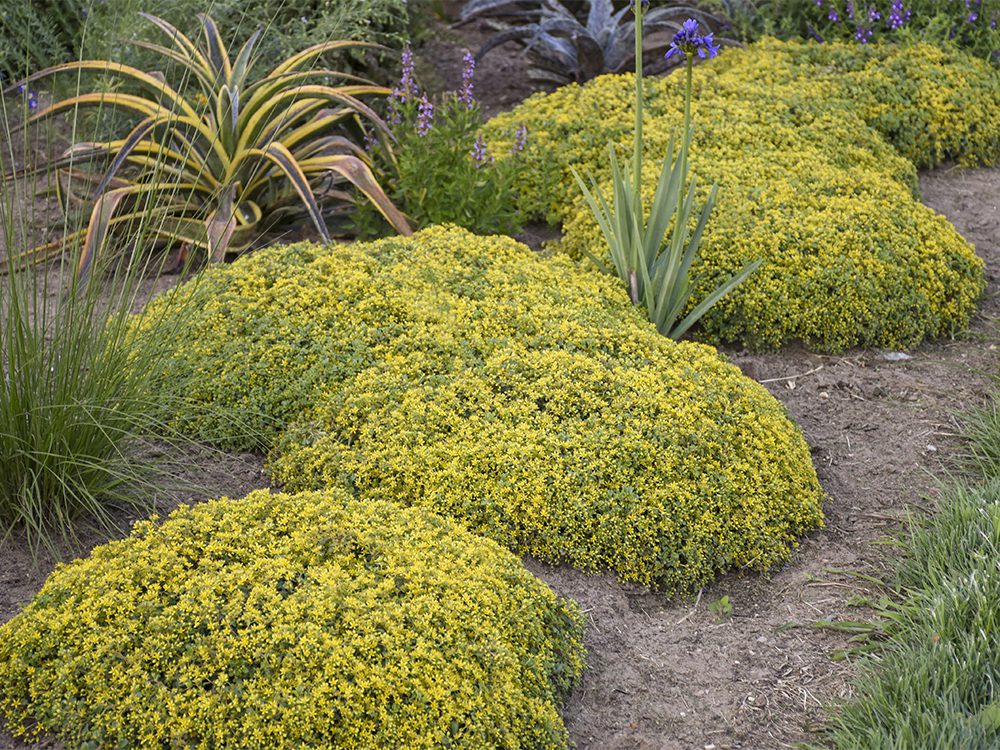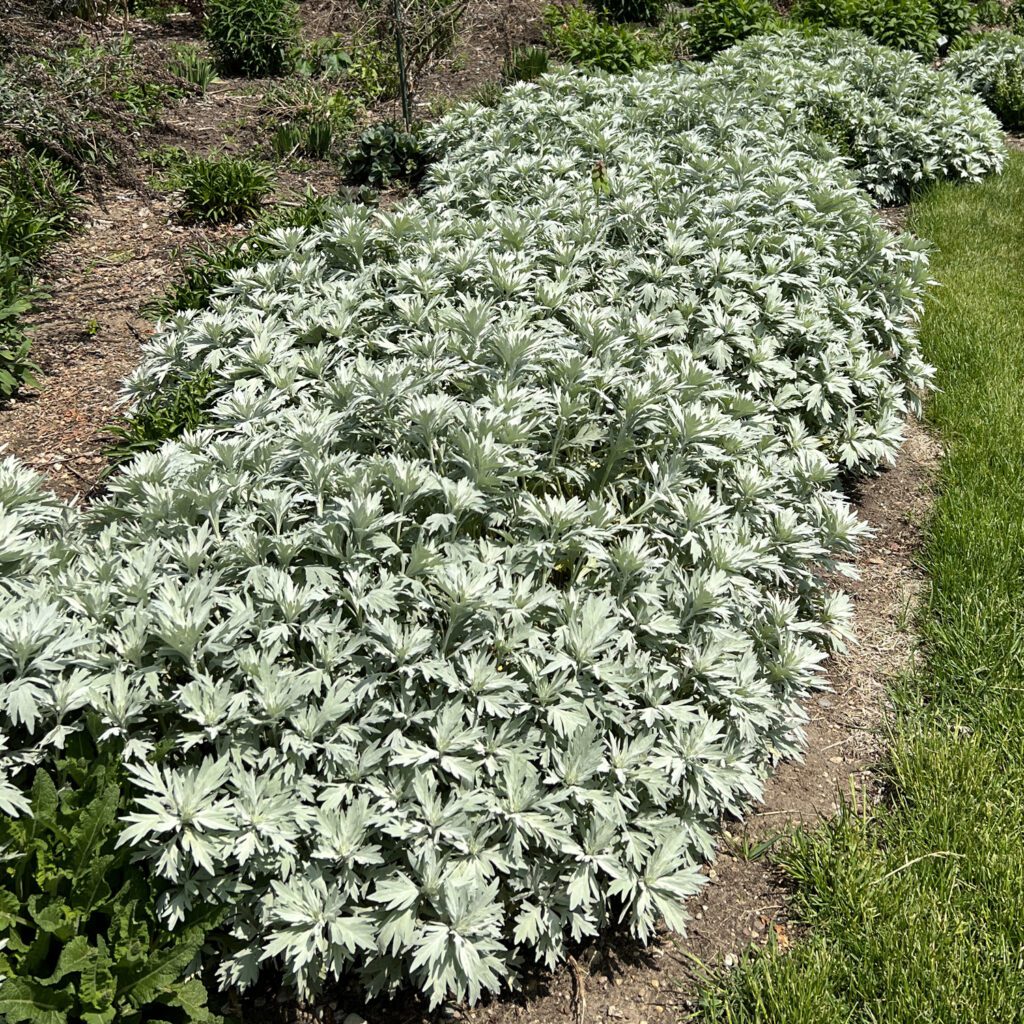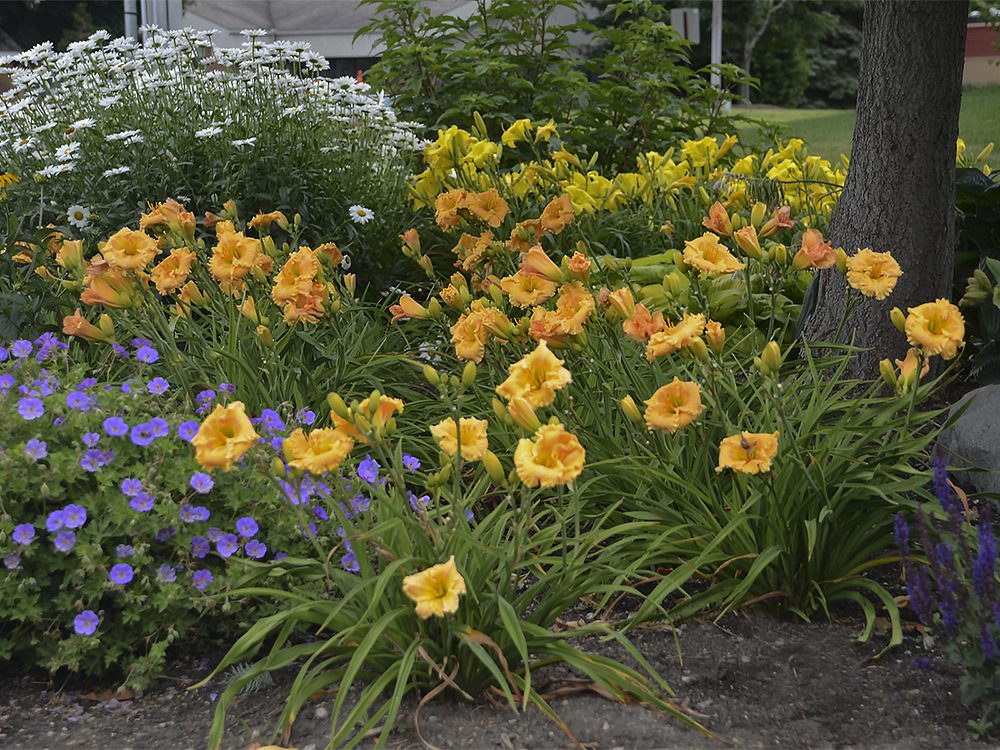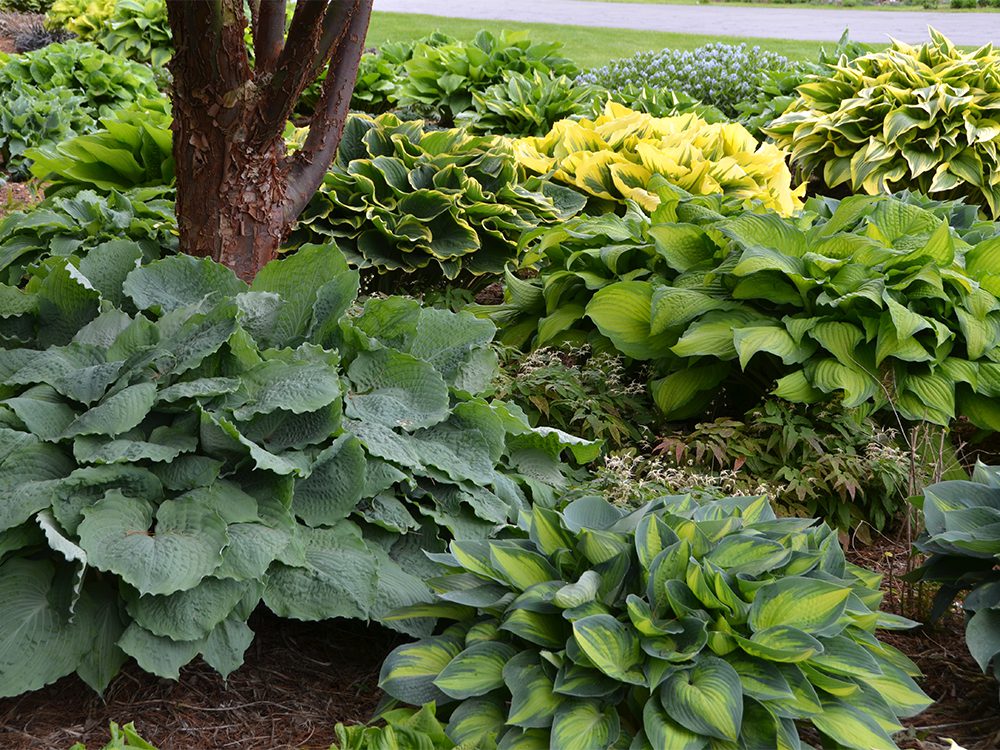Let’s take a look at 10 hardy groundcovers for sun and shade gardens… If you are tired of managing expanses of open ground where you are constantly battling weeds, or if you spend a fortune in mulch for your garden beds each year, it’s time to consider planting some hardy groundcovers. They literally “cover the ground”, which helps to keep out unwanted vegetation, shade the ground to prevent it from heating up and drying out quickly, and provide shelter for wildlife. Importantly, groundcovers also tend to be lower maintenance plants that don’t require much of your time to create aesthetic appeal that we’ll bet rivals the open ground you’re currently tending.
When you hear the word “groundcover”, you might think of plants like ivy or vinca vine which traditionally fill this role. While they certainly work, there are many other kinds of hardy plants that make attractive groundcovers, including many native options as well as those that grow in both sun and shade. Let’s explore ten types of shrubs and perennials you can use as groundcovers to fill up those open spaces in your landscape.
- Suckering Shrubs Like Ground Hug® Chokeberry
Shrubs that spread by underground stems like Ground Hug chokeberry, Mr. Mustard® false spirea and sweetspire make excellent groundcovers that need little more than water and space to thrive. They’ll increase in width each year to form a dense canopy of foliage that can help to suppress weeds. Avoid planting them where you want to grow lots of other plants, such as in a mixed perennial border.
Ground Hug® Aronia – Hardy in zones 3-9, full sun to part shade, grows 8-14” tall x 3’ wide, nativar, pollinator-friendly.
- Broad Spreading, Non-Suckering Shrubs Like Spilled Wine® Weigela
Not all broad shrubs spread by underground stems. Some, like the low growing Spilled Wine weigela, cover the ground with long stems that float along the garden’s floor. You can see in the photo above how a single shrub can fill a significant amount of real estate. If you plant several together, they can fill the whole front of your border. Shrubs with colorful foliage like this dark purple-leaf selection continue to hold interest long after the flowers are spent. Other shrubs with a similar habit include La Vida Mas® Indian hawthorn, Jazz Hands® Chinese fringe-flower, Pillow Talk® gardenia and Kodiak® diervilla.
Spilled Wine® Weigela – Hardy in zones 4-8, full sun, grows 2-3’ tall x 3-4’ wide, deer resistant, pollinator-friendly.
- Broad Spreading Evergreens Like Celtic Pride® Siberian Cypress
If you like the idea of a broad spreading shrub like Spilled Wine weigela but wish it was evergreen, consider planting a sprawling evergreen like Celtic Pride Siberian cypress. This versatile shrub forms an emerald green carpet under tall trees and around large shrubs, with a single plant spreading up to six feet across. Its foliage turns an attractive russet color in the winter, then shifts back to green in the spring. Though it is similarly deer resistant as broad spreading junipers like Tortuga®, it is more shade tolerant.
Celtic Pride® Microbiota – Hardy in zones 2-7, full sun to part shade, grows 1-3’ tall x 5-6’ wide, deer resistant, evergreen.
- Large Scale Shrubs Like Ginger Wine® Ninebark
Though you might not think of them as traditional groundcovers, large scale shrubs are some of the easiest, most low maintenance plants you can use to cover a lot of ground. Just be sure to plant them where they’ll have plenty of elbow room to spread without needing to be pruned regularly. Large shrubs with arching branches like Ginger Wine® and Summer Wine® ninebark, Black Lace® elderberry, Scentara® Double Blue lilac, Blue Muffin® and Red Balloon® viburnum make magnificent specimens and hedges in landscapes. Simply spread some mulch around the base and they’ll make quick work of becoming a groundcover.
Ginger Wine® Physocarpus – Hardy in zones 3-7, full sun, grows 5-6’ tall x 5-6’ wide, nativar, pollinator-friendly.
- Traditional Perennial Groundcovers Like Pink Chablis® Dead Nettle
When you hear the word “groundcover”, plants like spotted dead nettle, ivy, bugleweed, creeping thyme, vinca vine or creeping Jenny might come to mind. Traditional perennial groundcovers typically spread by underground runners or by long stems that root along the soil’s surface as they elongate. They are excellent for filling large amounts of space fairly quickly and can also be grown around the base of large shrubs like you saw in #4 above. However, they are not a good choice for mixing into perennial borders because they tend to choke out smaller plants rather quickly.
Pink Chablis® Lamium – Hardy in zones 4-8, sun or shade, grows 8-12” tall x 12-24” wide, deer resistant, pollinator-friendly.
- Perennial Creeping Phlox Groundcover
One of the most vibrant spring blooming groundcovers you can grow is creeping phlox. Flowering around the same time as tulips and daffodils, this low growing perennial is a beautiful complement to spring blooming bulbs, perennials, trees and shrubs. Since its stems spread above ground to form a dense mat, it won’t overtake its neighbors and is easy to clip back if it grows out of bounds. Restrained growth makes it a useful, low maintenance edging for borders and pathways. We offer three series of creeping phlox: Bedazzled, Mountainside®, Spring Bling® and Sprite.
Creeping phlox – Hardiness varies by type, full sun, grows 4-8” tall, spread varies by type, nativars, pollinator-friendly.
- Low, Spreading Stonecrop
You might be familiar with upright stonecrop like Rock ‘n Grow® varieties ‘Lemonjade’ and ‘Back in Black’, but there are also many low, spreading types that make great small scale groundcovers. Look for our Rock ‘n Low® and SunSparkler® series in addition to ‘Little Miss Sunshine’, What a Doozie, Atlantis® and ‘Angelina’. Some types of low, spreading stonecrop spread by underground runners while others form a broad mound that expands from the central crown of the plant. All are sun-loving, drought tolerant plants that need good drainage to thrive.
Rock ‘n Low® ‘Yellow Brick Road’ Sedum – Hardy in zones 3-9, full sun, grows 6-8” tall x 22-24” wide, rabbit resistant, pollinator-friendly.
- Silver Artemisia or Sagebrush
Bright silver foliage plants like artemisia are particularly striking when used as a groundcover around dark-leaved shrubs like Summer Wine® Black ninebark or Jazz Hands Variegated® Chinese fringe-flower. R mark is incorrect on your website. Look for shorter cultivars like Silver Bullet® (6-10” tall) to plant around smaller companions or taller ones like ‘Silver Lining’ (12-16” tall) if you’re growing them amongst more sizable plants. As is true with many silver-leaved plants, artemisia is drought tolerant and thrives in all-day sun conditions. Trimming it back mid-season will keep the foliage looking fresh through fall.
‘Silver Lining’ Artemisia – Hardy in zones 4-9, full sun, grows 12-16” tall x 32-36” wide, nativar, deer and rabbit resistant.
- Daylilies
Daylilies have long been considered staple perennials for landscapes, and for good reason. They are extremely durable, tolerating a wide range of conditions from frigid temps to drought, less than ideal soils and more. Plus, they multiply every year so you can easily divide and replant them around your garden. Since they can handle erosion, they are also good candidates for stabilizing slopes. Unfortunately, deer find them delicious, so you’ll want to avoid planting daylilies where Bambi tends to dine.
Daylilies bloom in every color except blue and many offer intricately patterned blooms. Look for reblooming varieties like ‘Orange Smoothie’, ‘Going Bananas’ and ‘Rosy Returns’ or select a range of varieties that bloom at different times if you’re trying to create more long-lasting color in your landscape.
Daylilies – Hardy in zones 3-9, full sun to part sun, height and spread varies by variety, rabbit resistant, pollinator-friendly.
- Hostas
A classic counterpart to sun-loving daylilies planted en masse as a groundcover is hostas for the shade. However, they are not a good choice if deer frequent your garden. Hostas are every bit as durable as daylilies but are grown more for their elegant foliage than their blooms. You’ll find a wide range of leaf colors, variegations, shapes and sizes within the genus. From miniature varieties like ‘Mini Skirt’ to enormous ones like ‘Gigantosaurus’ and every size in between, this is a fun perennial to collect if your garden is in the shade.
The most attractive use as a groundcover includes a mix of all different kinds of hostas planted together like a quilt under trees or in the shade of a structure. Morning sun or filtered sunlight bring out their best coloration; avoid afternoon sun exposure which can bleach or burn the leaves.
Hostas – Hardy in zones 3-9, part shade to full shade, height and spread varies by variety, pollinator-friendly.

